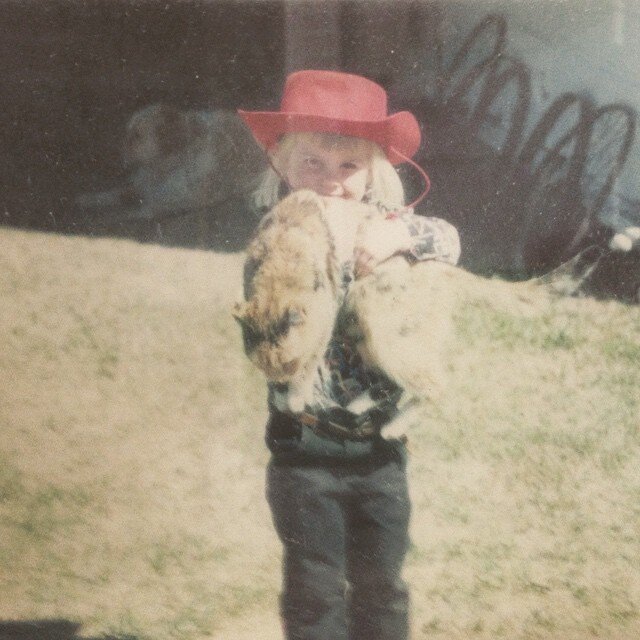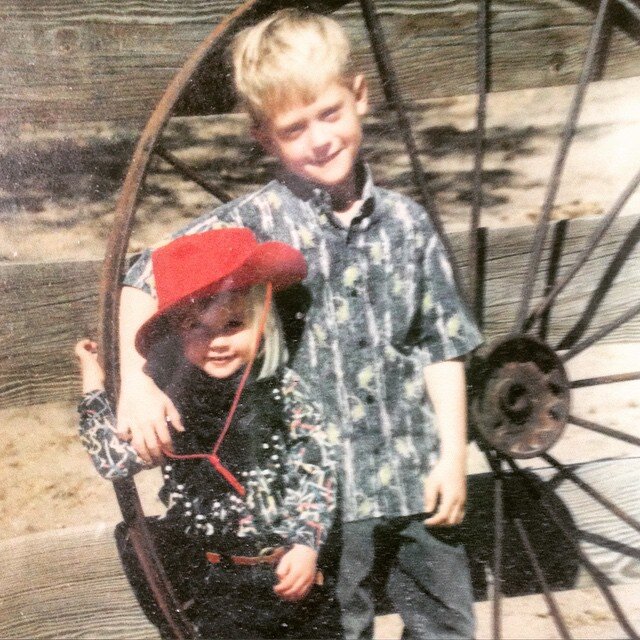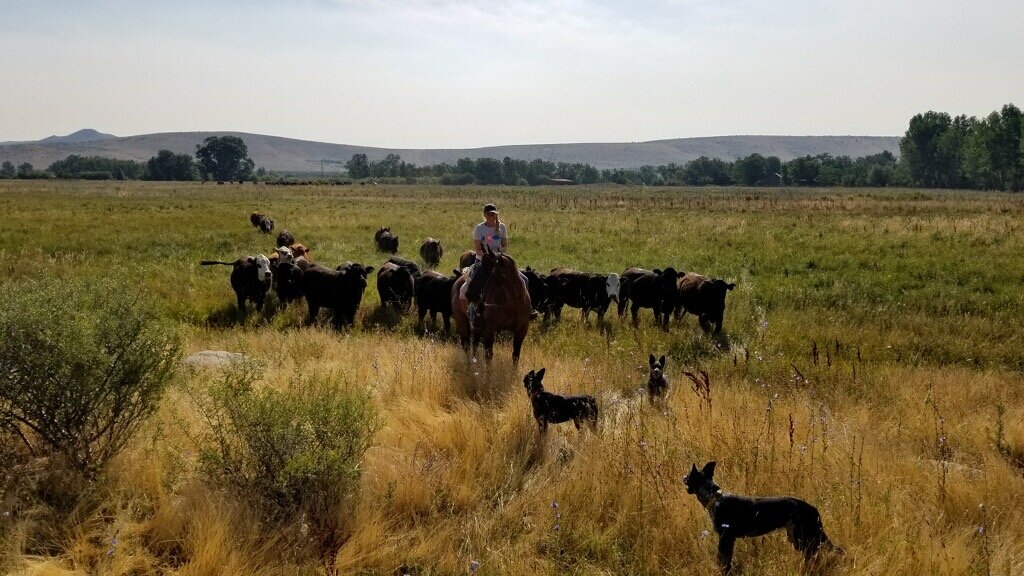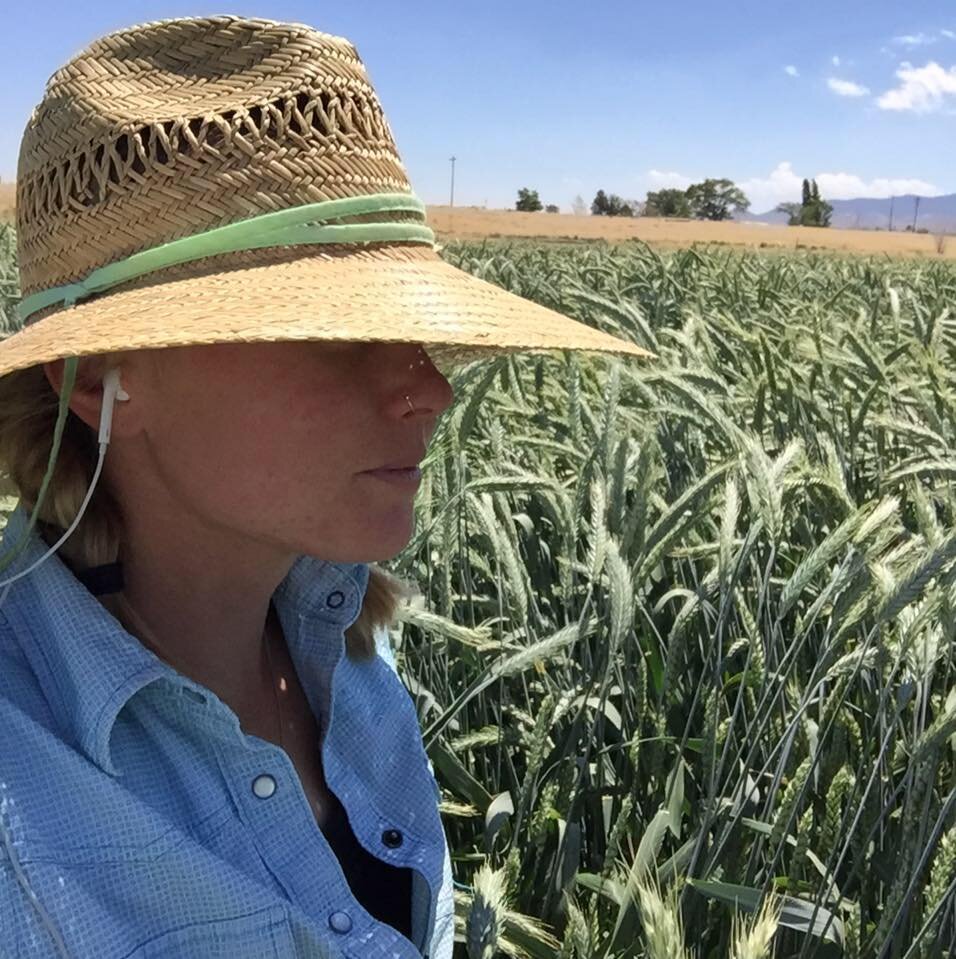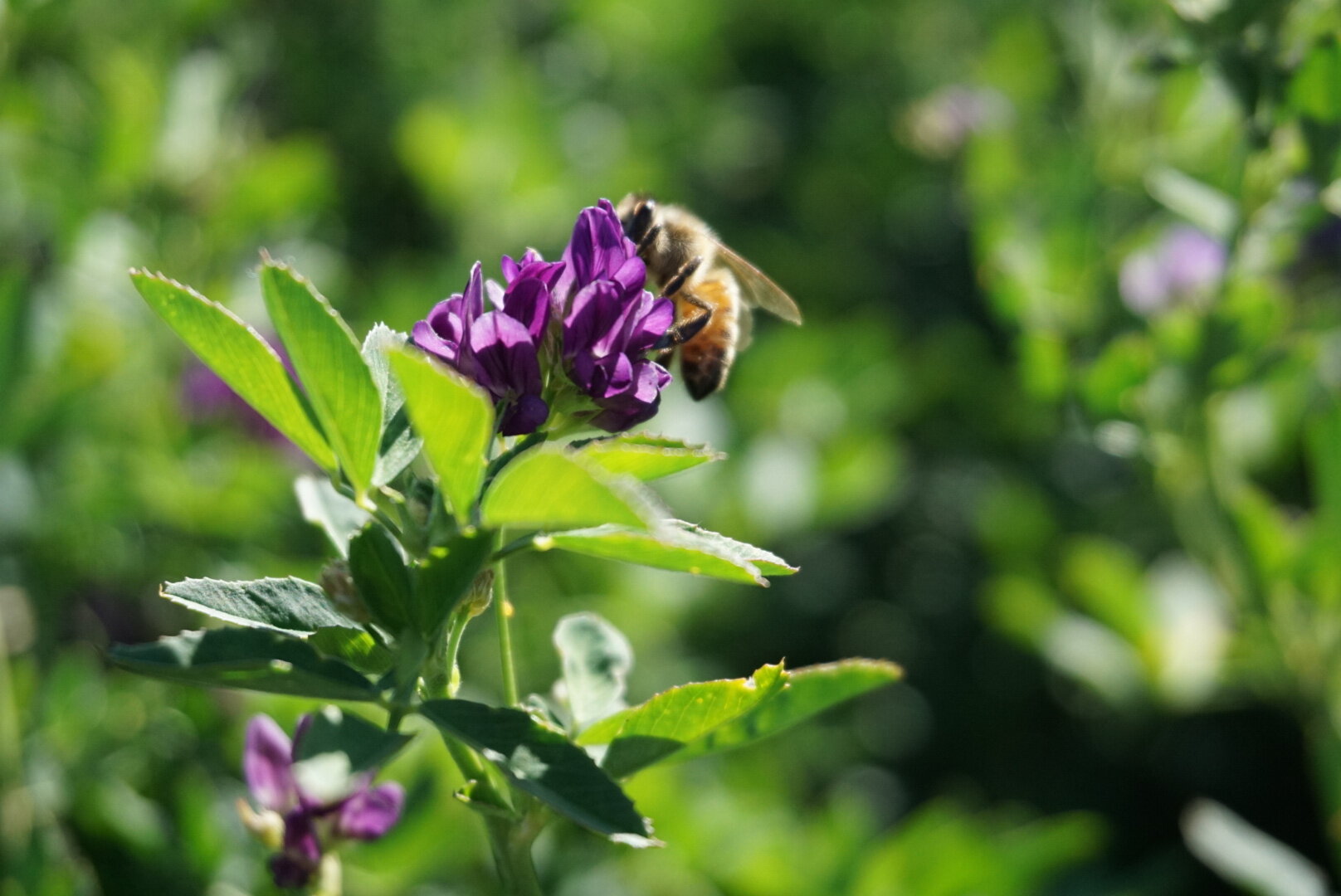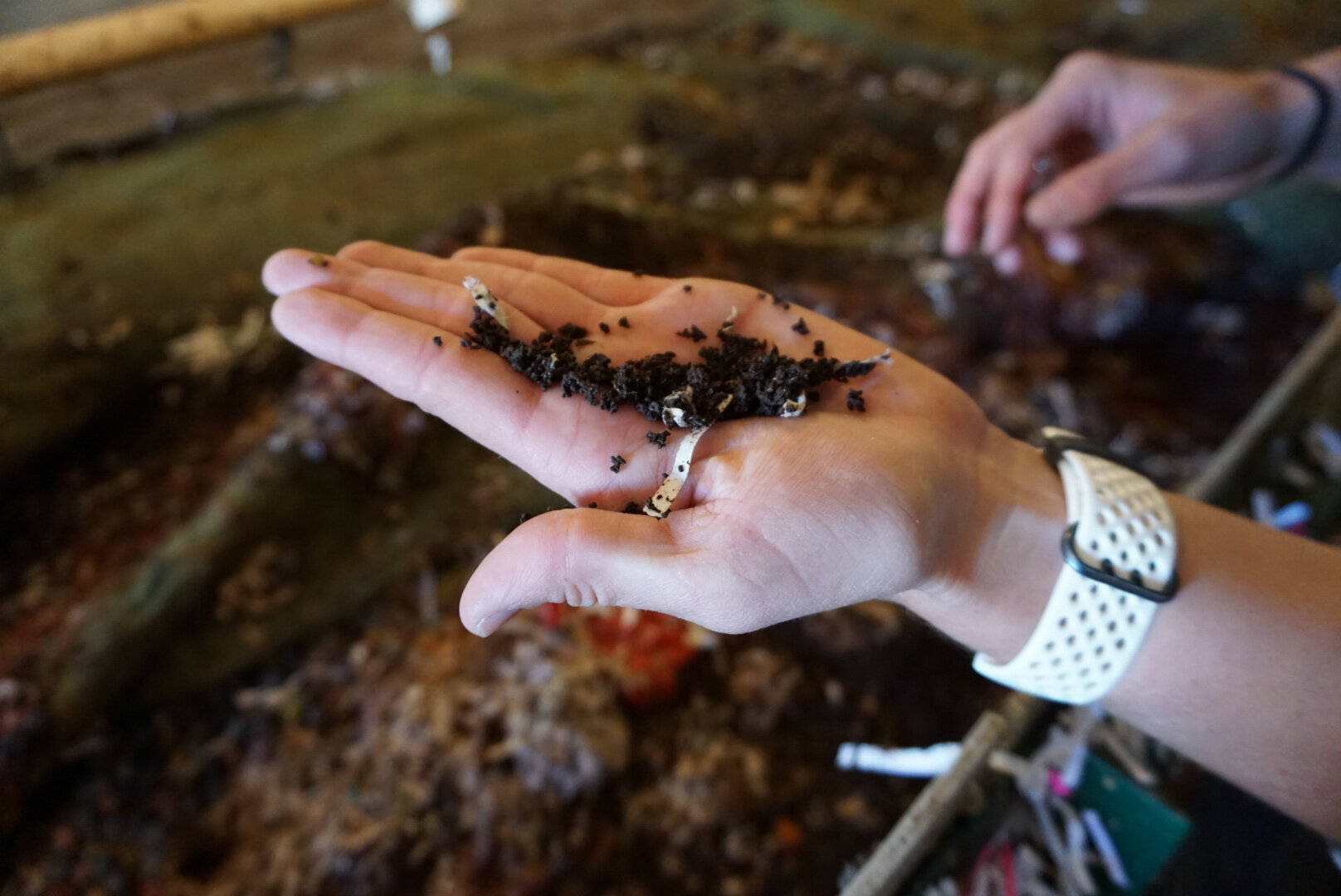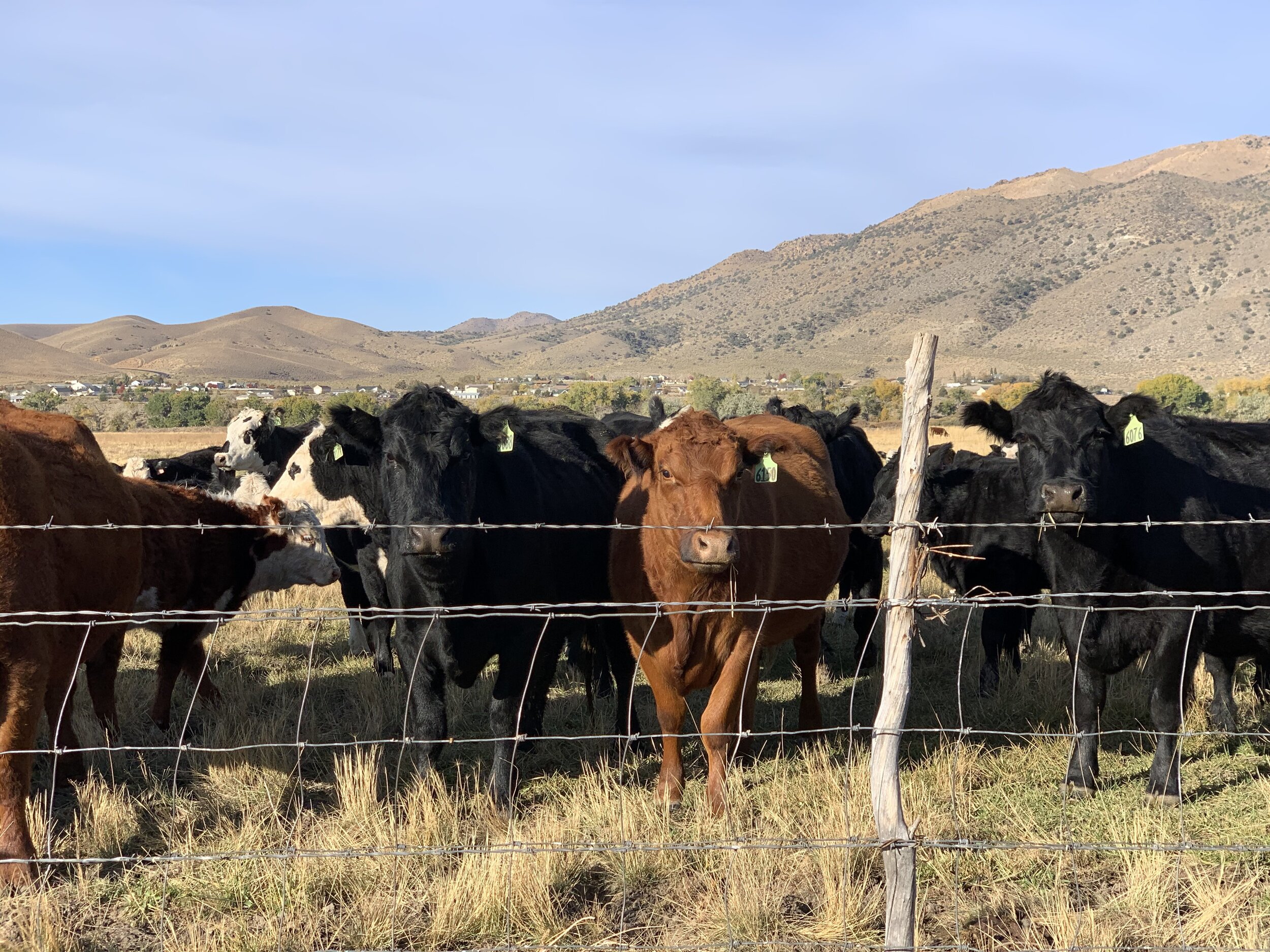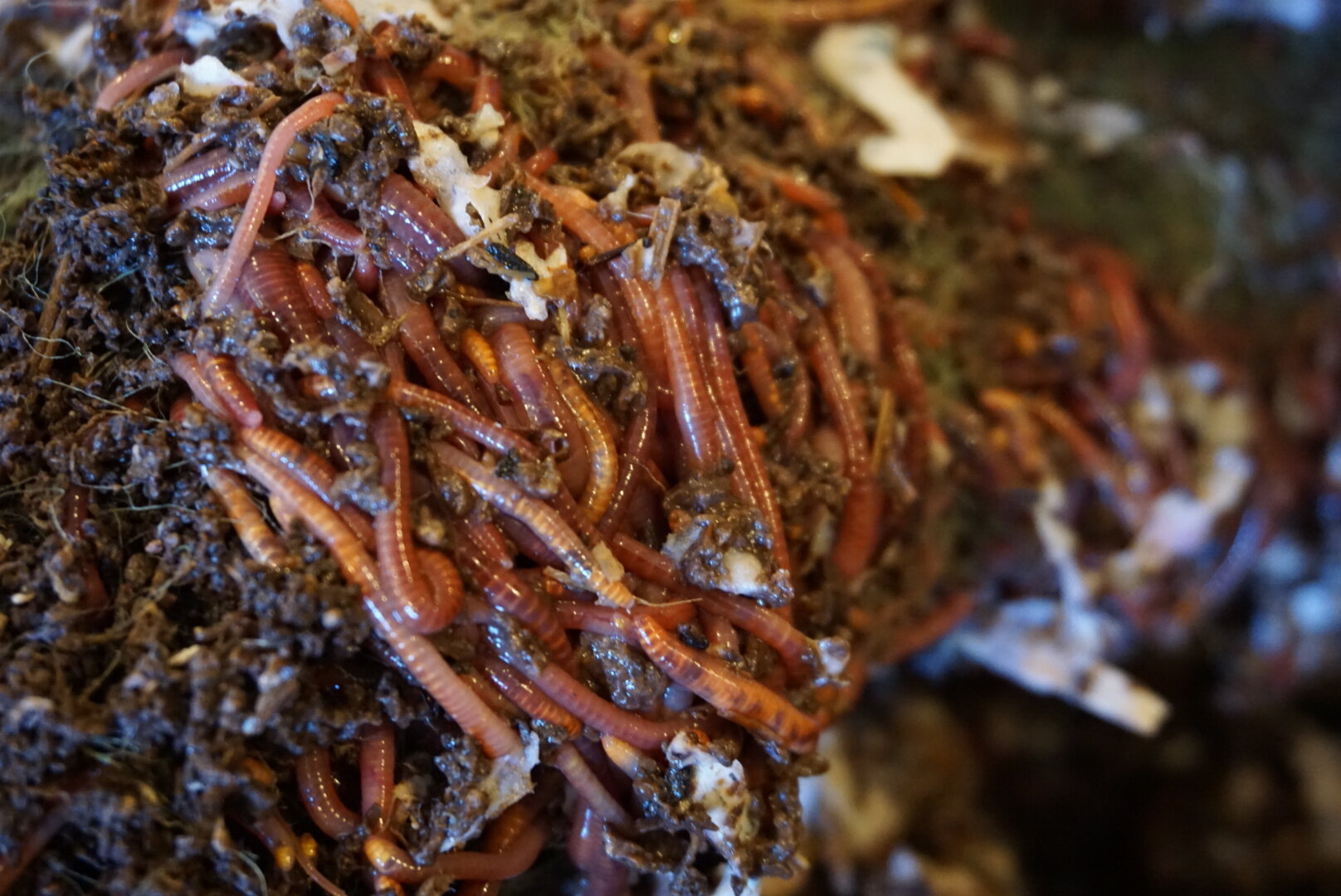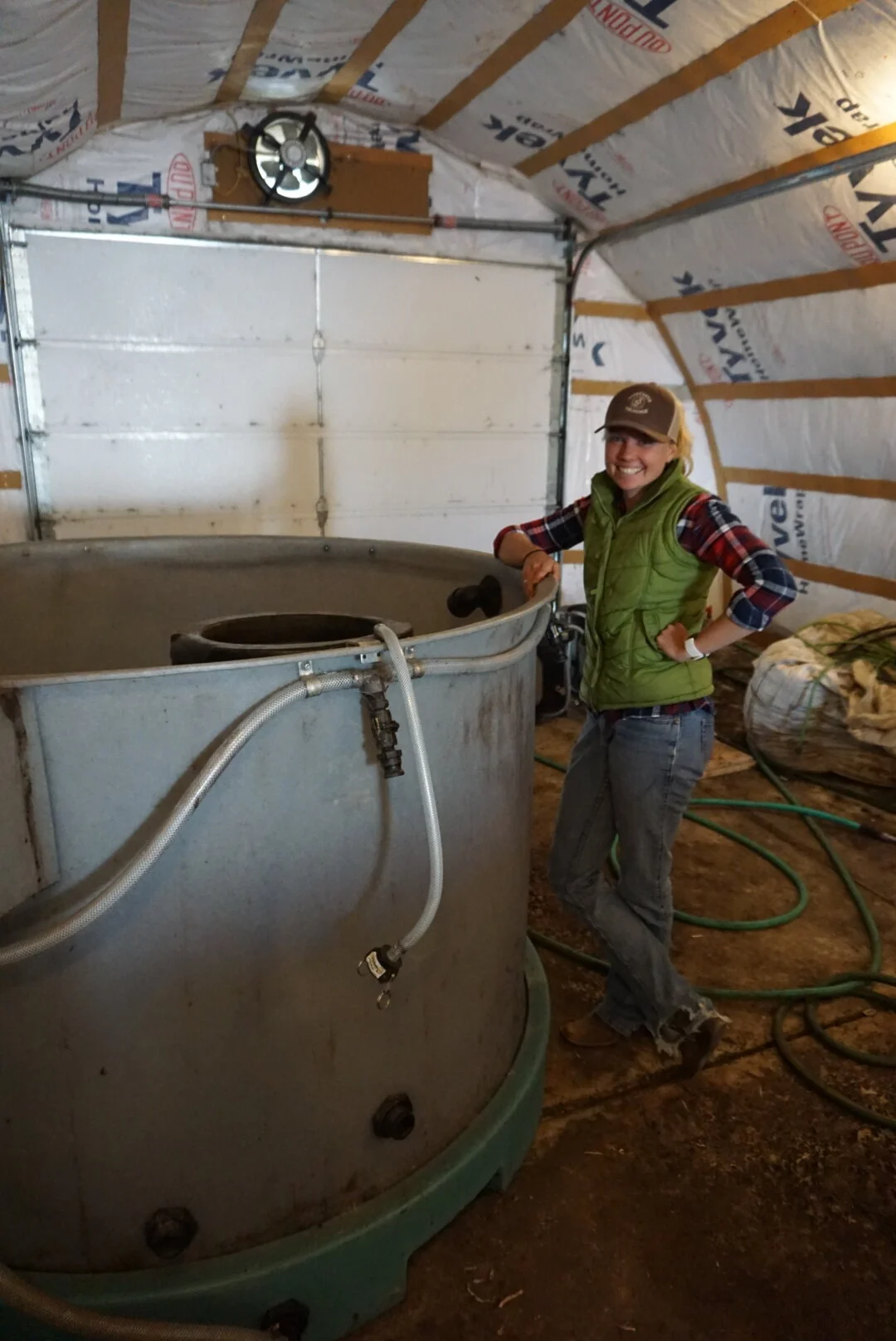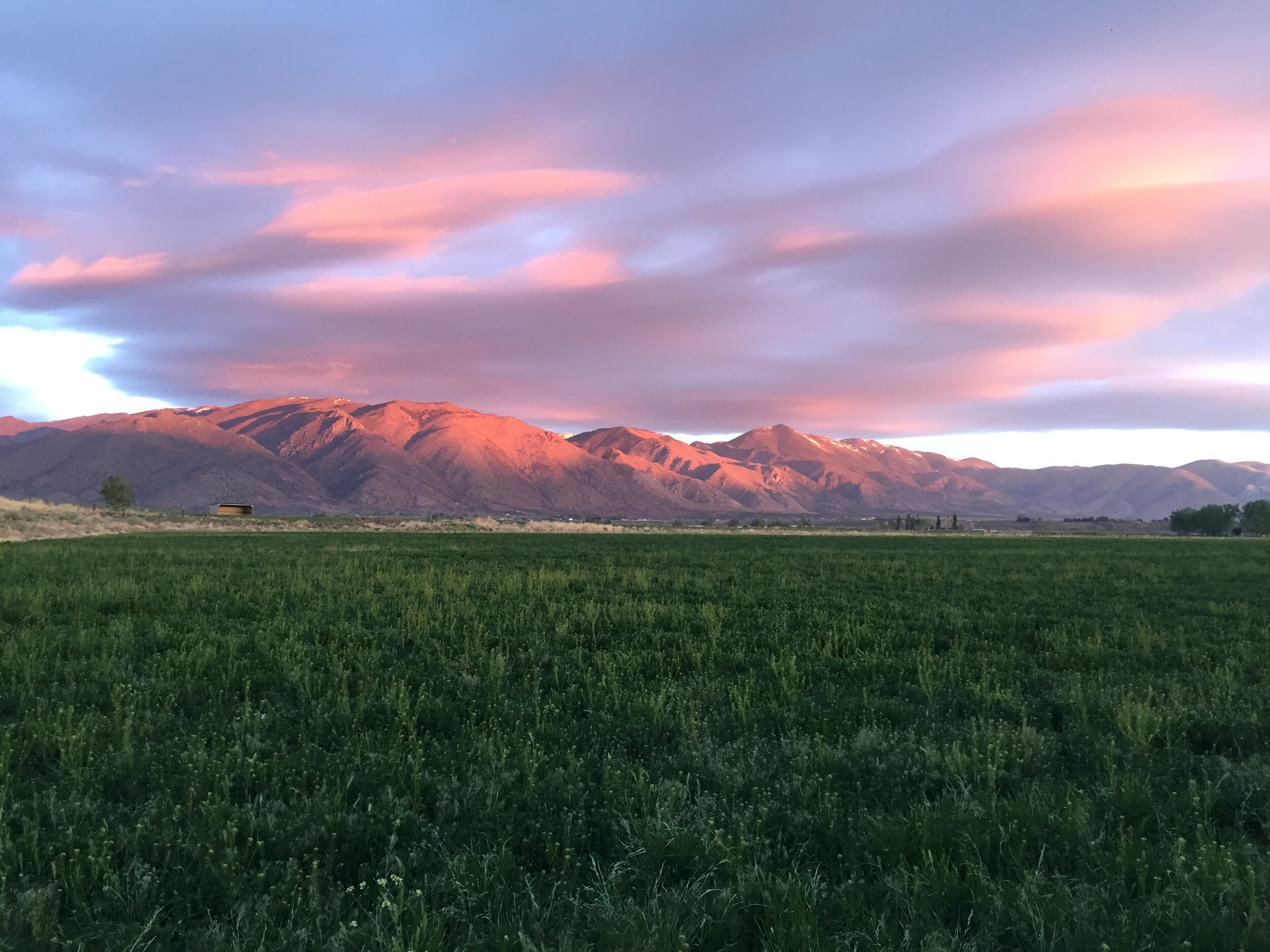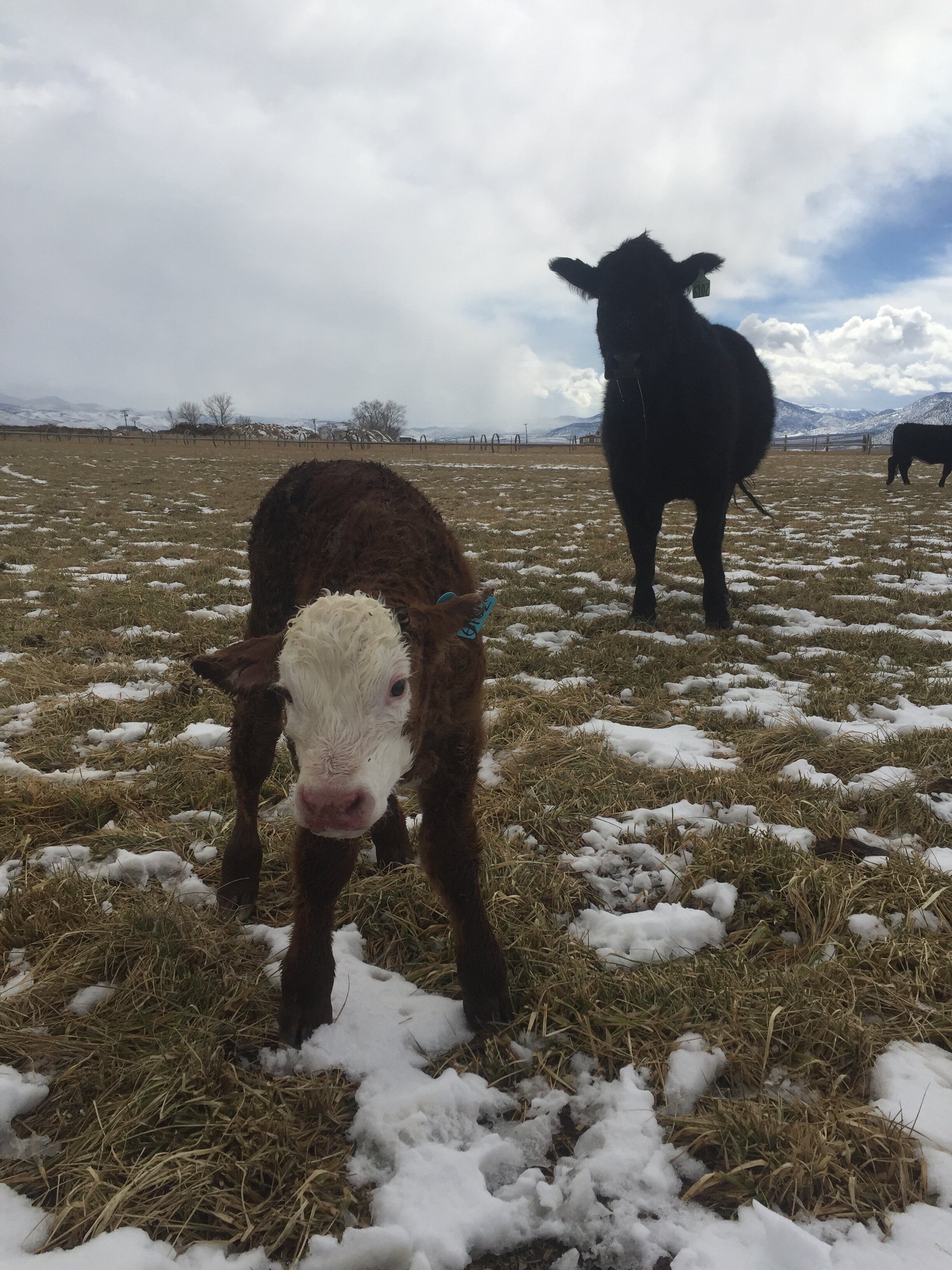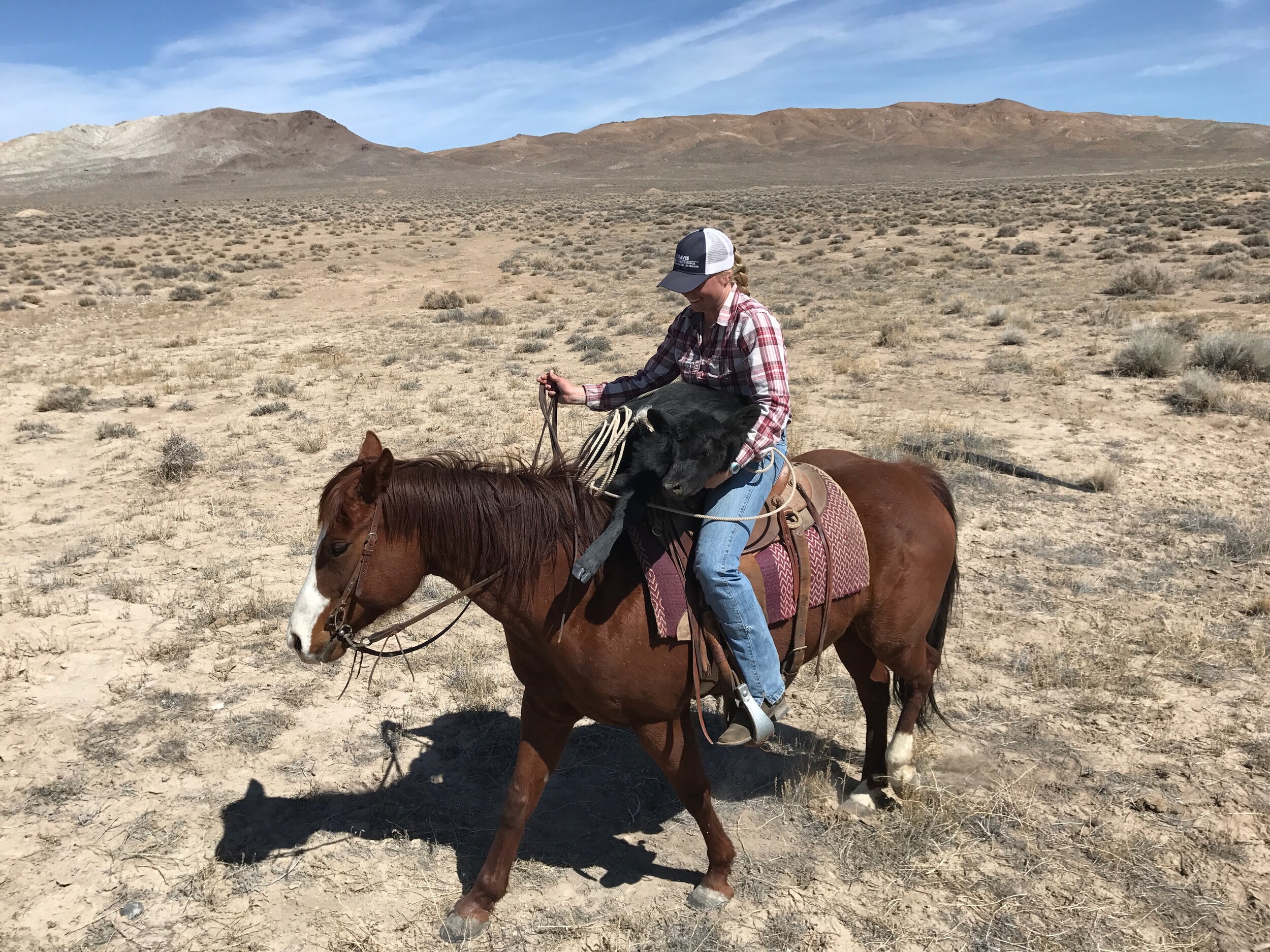A Passion for the Way Nature Works
Guest Blog by Emily Fulstone
Raised on a ranch, I played outside until my mom rang a big brass hand bell to let us know it was time to come in for dinner; I grew up with dirt under my nails and the wind in my hair as I rode my pony to the river to go trout fishing. I had grown up with an understanding of the cycle of life watching my father warm a new born calf who came into this world on a cold snowy night, irrigate fields and harvested alfalfa for dairies. Everything he did was in order to nurture and grow, whether it is the cattle or the plants, he taught me to have a passion for the way nature worked.
I went off to the University of Oregon where I pursued a degree in Environmental Science with a focus in Conservation and Restoration Biology. After graduating I moved to Portland with big dreams of restoring habitats, only to find that the job market was much harder then I expected. I year later I was no closer to having my dream job and working with the nature in the way I had always hoped. For perhaps the tenth time that month, my dad calls to ask if I will look over some maps and type up a proposal for the BLM on a Sage Grouse Habitat Restoration project he was working on. I finally had the realization that I had my dream job; I just hadn’t accepted it yet.
I returned home to the ranch to find that my childhood view of the ranch did not have a good understanding of the commercial agricultural business that my family was running. My grandfather used to graze the fields in the winter and only apply manure from a local feedlot to fields that could not be grazed; this was of course until he came to understand that commercial fertilizers could produce more ton to the acre. And so on went the fertilizer, and our fields did produce more ton, until they didn’t. And so more fertilizer was applied. And then came the pesticides.
We found ourselves in a vicious cycle of fertilizer, and insecticide with ever increasing frequency without seeing improvements in our fields; in fact we began to see a slight decline. What we had done is what so many have done. We removed the ranch from the natural ecosystem it works in. Upon my return I was able to see what a broken system we had created; and I had a plan to fix it! The answer to our problems, worms. Worms have the amazing ability to propagate bacteria when they break down organic matter, specifically the bacteria that transport nutrients to plants. Plants and bacteria in the soil have a symbiotic relationship in which the plant feeds the bacteria exudates (sugar) in return for nutrients. In fact, plants put 30% of the sugars they make from photosynthesis into their roots in order to feed the bacteria in the soil.
When we started applying fertilizers to our fields, we were feeding our plants an over load of nutrients, which did cause them to grow rapidly. However, it also caused them to stop feeding their bacteria. Over time this starved the bacteria out. The bigger problem is that our plants no longer had a consistent stream of nutrients being provided to them, they only had nutrients when we applied them to the field and the fertilizer dissolved in the water. Think of it as giving a 10 year old a bunch of candy for breakfast versus a well-balanced breakfast made of protein and complex carbohydrates. The candy will keep the kid energized for a short period of time before they crash, and I imagine crash hard; the balanced breakfast will keep them energized until lunchtime. Bacteria provide a well-balanced slow trickle of nutrients to plants during the entire period of growth. So now we grow worms so they can propagate bacteria.
I am very fortunate in that I have a father who when approached with an idea replies with, “Show me 3 scientific peer reviewed articles supporting why we should start farming worms, and a cost analysis for an entire year on the project”. Three weeks after this conversation we bought a worm table, and started our venture in worm farming. What I did not expect and was certainly not put into my yearly cost analysis on worm farming were the savings. After applying bacteria back onto our ranch, we no longer had to buy pesticides. We have reduced our fertilizer budget to spreading manure, and gypsum (as we are high alkali soils, but it is non water soluble and does not hurt the bacteria, in fact they help break it down providing calcium to our plants). The first year of applying our bacteria, we saw a dramatic increase in predatory bugs in our fields, and the plants were healthy enough to fight the few pests that were there. We no longer needed pesticides; for 3 years now we have not sprayed any pesticides and see no visible affects of predation.
By understanding the farm ecosystem and how plants grow, we are able to maximize our crops but without the harm of commercial fertilizers and pesticides. We have even seen a dramatic increase in the quality of the plants. As our hay goes to dairies we test the hay for the digestibility. In three years we have increased our TDN (Total Digestible Nutrients) by 4%. An increase by 1% TDN would be significant, but 4% goes to show that working with nature can truly pay off.
There is hope for modern farming and ranching without the environmental cost. When I was a kid my dad had taught me to have a passion for the way that nature worked. What he didn’t realize is that years later I would come home to teach him that very same lesson. We need only observe how nature works and work within the ecosystem already created. Thousands of years have gone into the perfecting of plant growth, if we are willing to work with nature we can benefit from this system.
Emily is the seventh generation in her family to steward the land on their Smith, Nevada, ranch. Follow @efulstone on Instagram to journey with her on her ranching and soil adventures.

